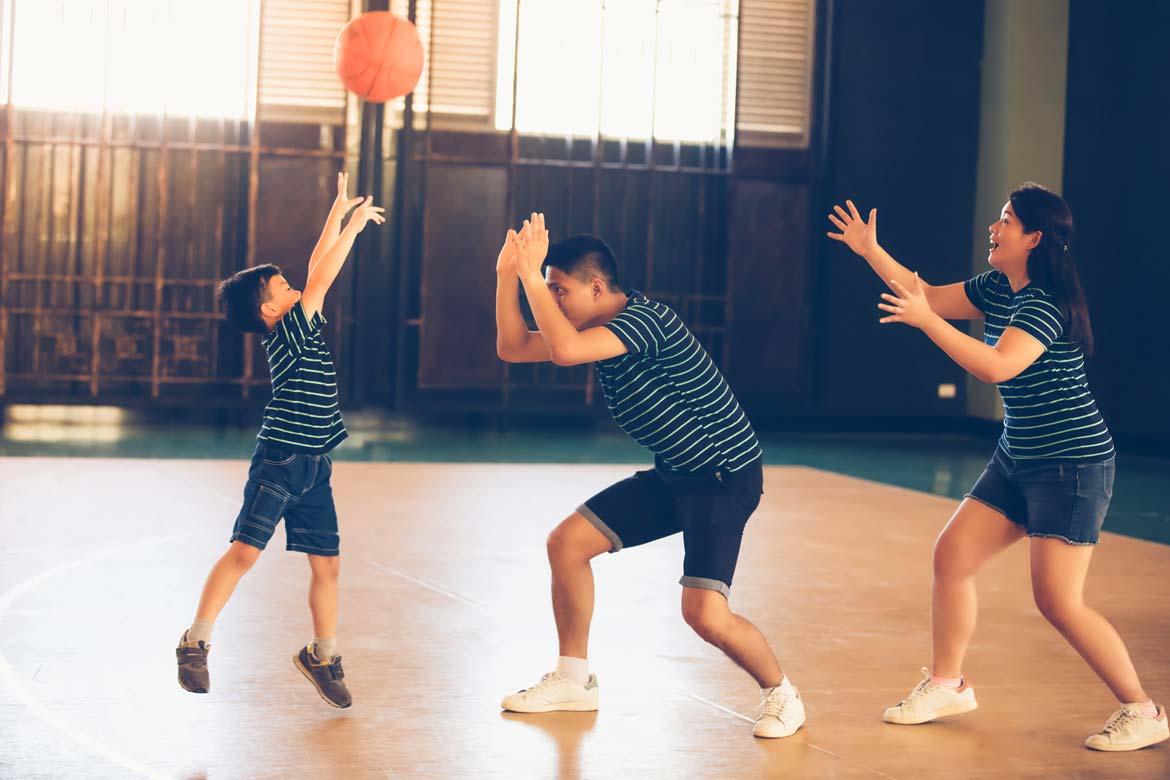-
-
Featured Care Areas

Dislocation
What is a dislocation?
A dislocation is an injury with abnormal separation of the bones in the joint. This injury results in a deformation of the joint and can be extremely painful. Reduction should be performed in an expedient manner.
The most common areas for dislocation are:
- Elbow
- Shoulder
- Knee
- Fingers
- Hip
If you suspect that you have a dislocation, seek medical attention immediately so that your doctor can help return your bones to their proper positions.
Most dislocations return to normal function after several weeks of rest and rehabilitation if they are treated properly. However, some joints, such as your shoulder, may have an increased risk of repeat dislocation, requiring surgical stabilisation.
What are the symptoms of a dislocation?
A dislocated joint can be:
- Obviously misshapened or protruding out of place
- Swollen or discoloured
- Very painful and stiff
You may not be able to tell a broken bone from a dislocated bone. Do seek medical assistance right away regardless.
Meanwhile, keep the joint immobilised while you are awaiting medical attention.
What causes a dislocation?
Certain activities are more at risk for dislocations:
- Contact sports, such as football and hockey
- High impact sports in which falls are common, such as downhill skiing, gymnastics and volleyball
- Basketball and football where joints in the fingers can dislocate when accidentally struck
Accidents such as falls or a road traffic accident can also lead to dislocation.
What are the risk factors for a dislocation?
You are more likely to suffer a joint dislocation if you have:
- Congenital generalised ligamentous laxity. Individuals with this condition are more susceptible to dislocations.
- Recurrent dislocations. If you have suffered from dislocations before, you would have a higher tendency for subsequent injuries due to a previous incident having compromised the supportive structures and ligaments.
What are the complications of a dislocation?
Neglecting proper treatment can lead to complications such as:
- Continued injury to the bone and cartilage of the joint, and the muscles, ligaments and tendons that support the injured joint
- Damage to blood vessels and nerves connected to your joint
- Likelihood of re-injury
- Higher chances of developing arthritis in the affected joint when you are older
How do you prevent a dislocation?
You can prevent a dislocation by:
- Wearing protective gear when you play contact sports.
- Avoiding any re-injury. A joint dislocation makes you more susceptible to future dislocations. To avoid a recurrence and improve joint support, ask your doctor about suitable exercises you can do to improve joint strength and stability.
This coverage checker is brought to you by Health Insured, an online resource that helps you understand your health coverage in Singapore.
This page has been reviewed by our medical content reviewers.
Need help?
For enquiries, please call
+65 6377 3737
For appointment bookings, please WhatsApp
+65 8111 3777



